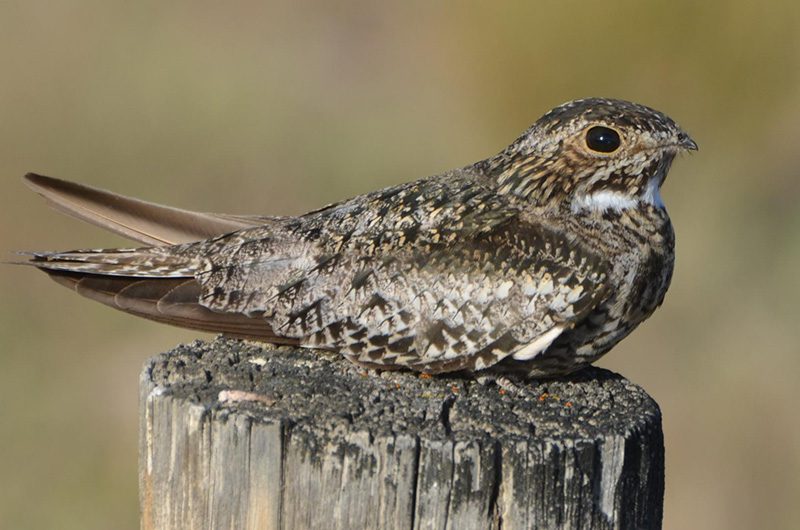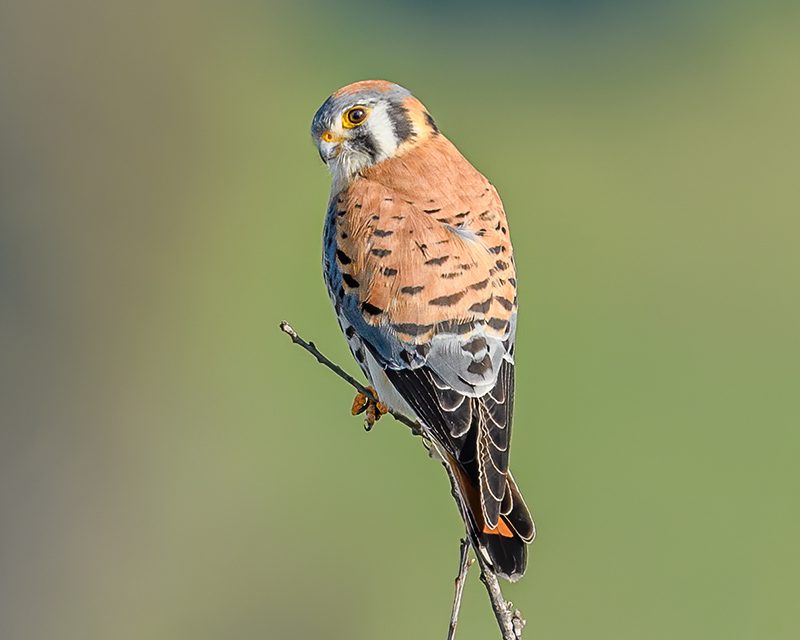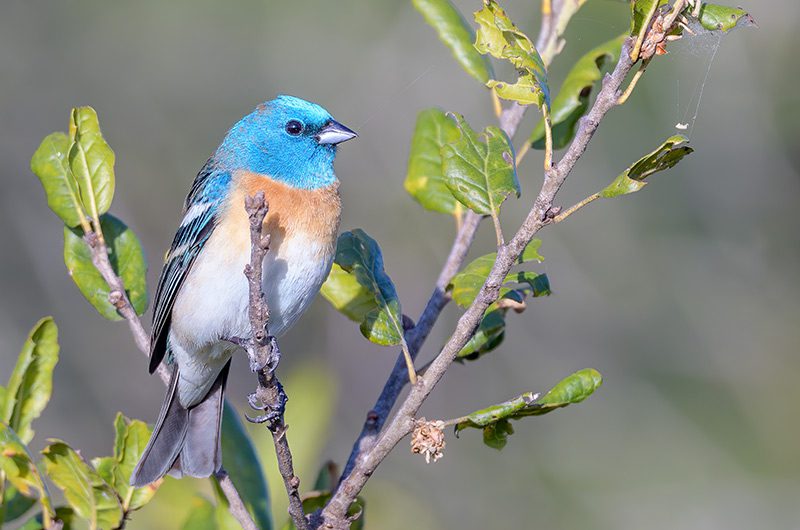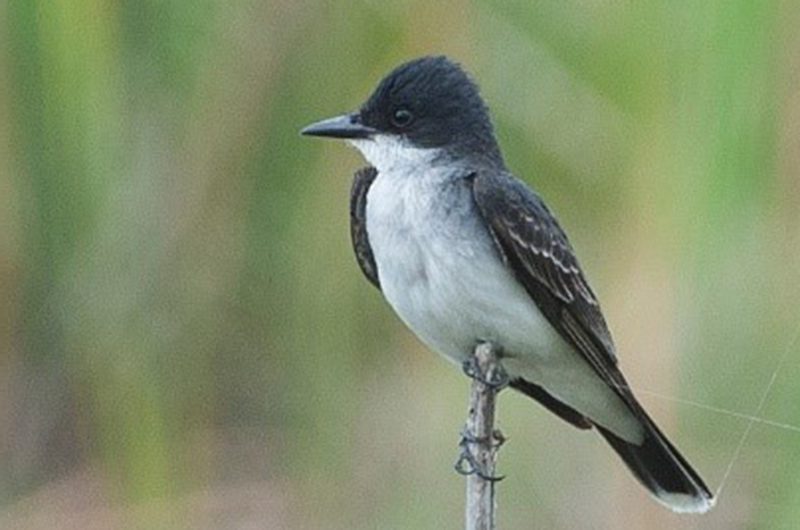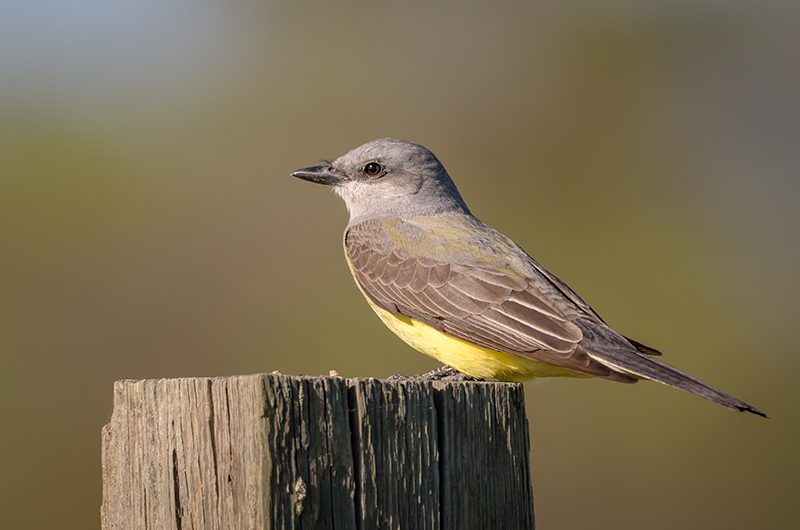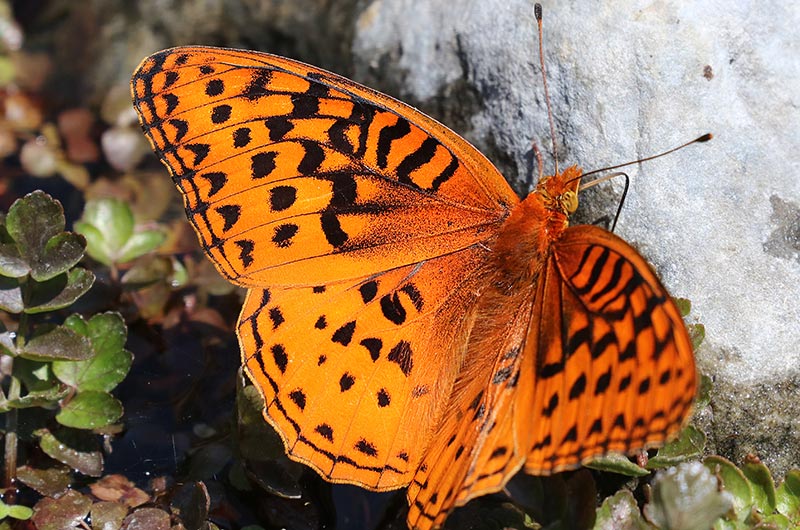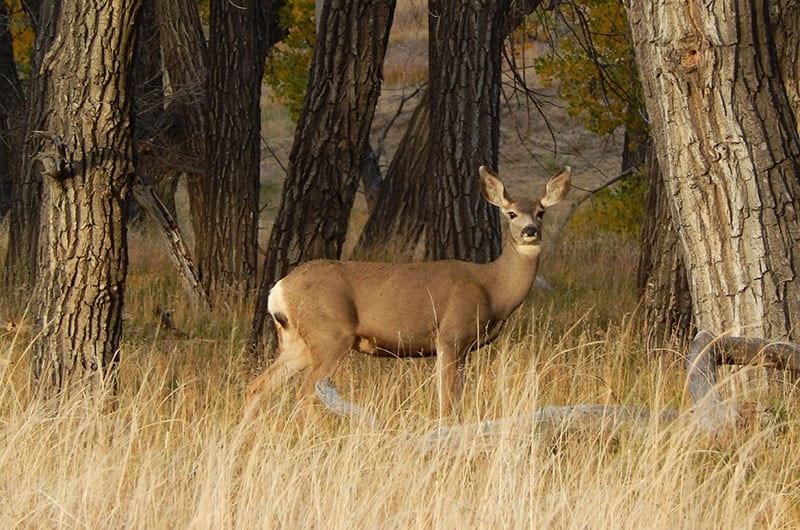LandPKS Learning
Habitat Hub
Factsheets and other helpful resources about the wildlife species living on your land (US only)
Common Nighthawk
Male common nighthawks are known for their dramatic “booming” flight display. When flying above the trees, a male will dive towards the ground and abruptly pull out of the dive, sometimes just above the ground. As he flexes his wings downward, the air rushes across his wingtips, making a booming or whooshing sound. The male may dive to impress a female or scare intruders, such as people.
Read moreAmerican Kestrel
Kestrels hide surplus prey in grass clumps, tree roots, bushes, fence posts, tree limbs, and cavities, to save the food for lean times or to hide it from thieves. In winter in many southern parts of the range, female and males use different habitats. Females use the typical open habitat, and males use areas with more trees. This situation appears to be the result of the females migrating south first and establishing winter territories, leaving males to the more wooded areas.
Read moreLazuli Bunting
Birds can typically be identified by their song, but lazuli buntings make this a tad tricky. When young males arrive on their breeding grounds, they create their own unique song, which is a rearrangement of notes and syllables from other male lazuli buntings’ songs. They then sing their unique song every subsequent breeding season.
Read moreScissor-tailed Flycatcher
During the breeding season, scissor-tailed flycatchers live on their own or with a mate. However, before migrating south for the winter, scissor-tailed flycatchers often gather in large groups to rest (or roost). These flocks may contain a hundred or even a thousand individuals. The birds will also gather in large flocks on their wintering grounds, but they leave the flock to feed on their own or in pairs. They very rarely feed within the large flock.
Read moreEastern Kingbird
The eastern kingbird lives a double life each year. They eat mostly flying insects during the breeding season and aggressively defend their nest and territory from other kingbirds and much larger birds, like hawks and crows. However, during the winter, the eastern kingbird eats mostly fruit and lives in a flock of other birds.
Read moreWestern Kingbird
The western kingbird’s breeding range has expanded eastward since the late 1800s because human activity has provided habitat. The planting of trees and installation of utility poles in the prairie provides places for the birds to perch and hunt insects and also nest. In areas where forests have been cleared, the birds have more open habitats suitable for foraging for insects. Although known as the “western” kingbird, this species also often wanders to the East Coast during fall migration.
Read moreNokomis Fritillary
A blue variant of Nokomis fritillary is found in northern Mexico.
Read moreMonarch Butterfly
The monarch’s bright coloring warns predators not to eat it. Their toxins come from milkweed plants, which are the only food source for the caterpillars. While animals that eat a monarch butterfly usually do not die, they will get sick enough to avoid monarchs in the future.
Read more
Mobile App | Data Portal | Knowledge Hub | Habitat Hub | Learning Collections | Blog | About | Contact | Support

